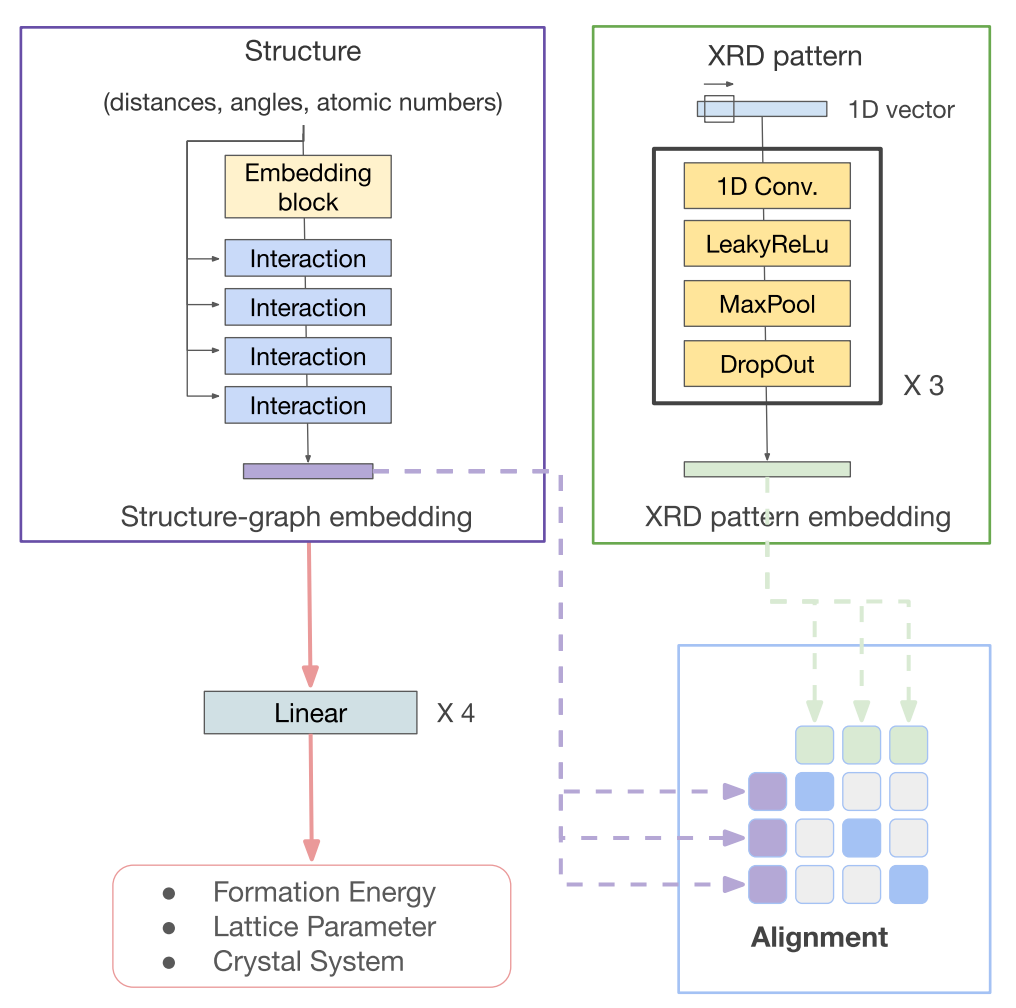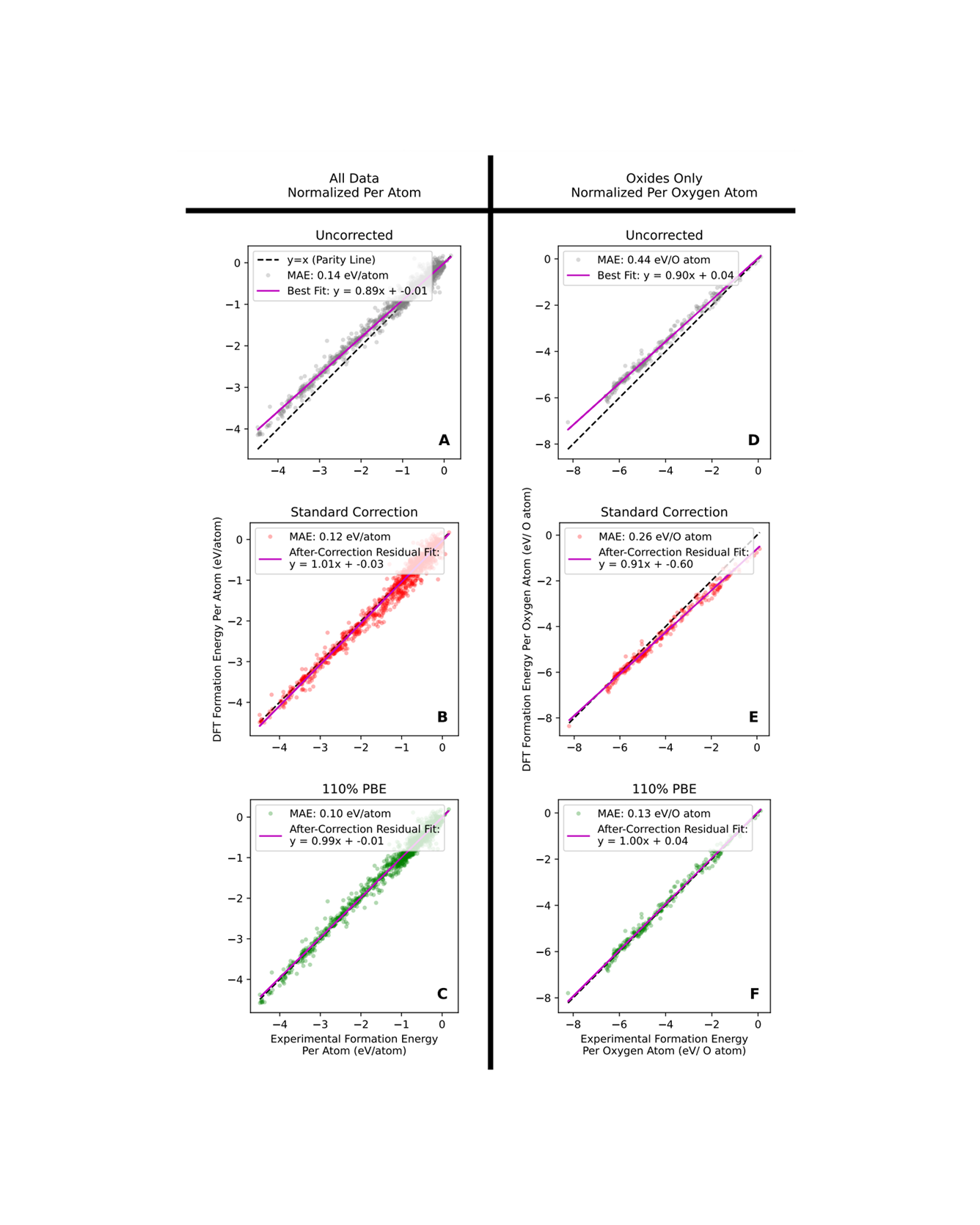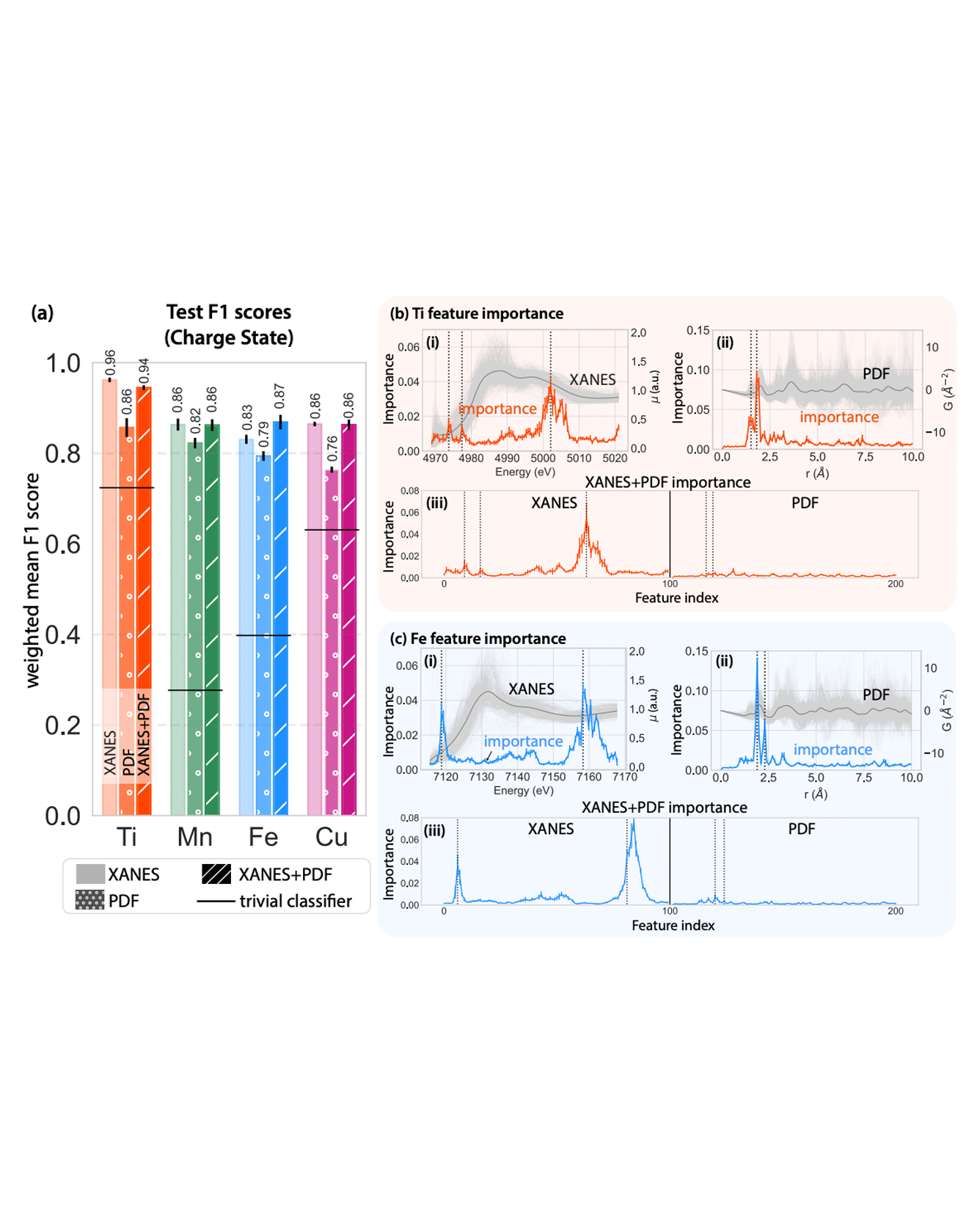
Functional interfaces within Li-ion battery systems play a dominant role in the performance and safety of these devices as interfacial resistance is assumed to impede Li-ion transport, thereby affecting the capacity and life cycle of the battery system [1]. A model Li-ion battery system for examining interfacial structurechemistry is LiPON-LiCoO2. The solid electrode - solid electrolyte interface contains an inherent, secondary LiCoO2 interfacial layer between the electrolyte (LIPON) and bulk electrode (LiCoO2). This layer undergoes a significant change in chemistry, i.e. Li concentration and Co-O bonding, after biasing [2]. However, limitations in selected area electron diffraction (aperture size) and high resolution imaging (beam damage) are obstacles to the microstructural characterization needed to understand the chemical reactions and phase transformations at this interface. READ MORE


